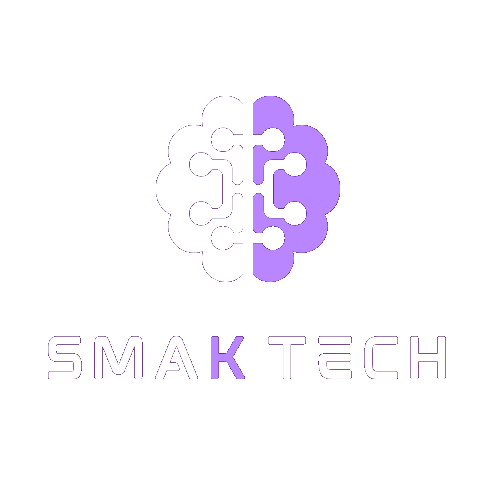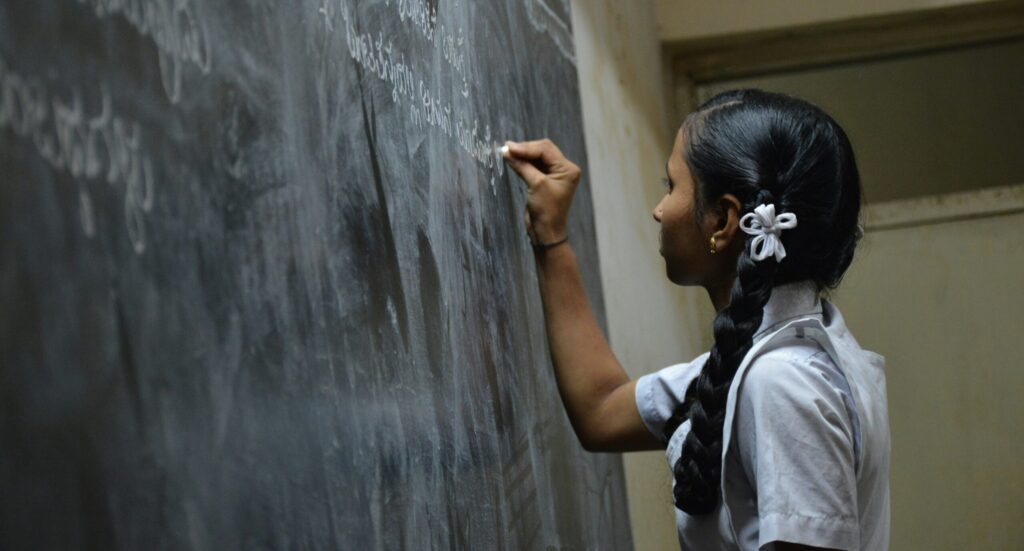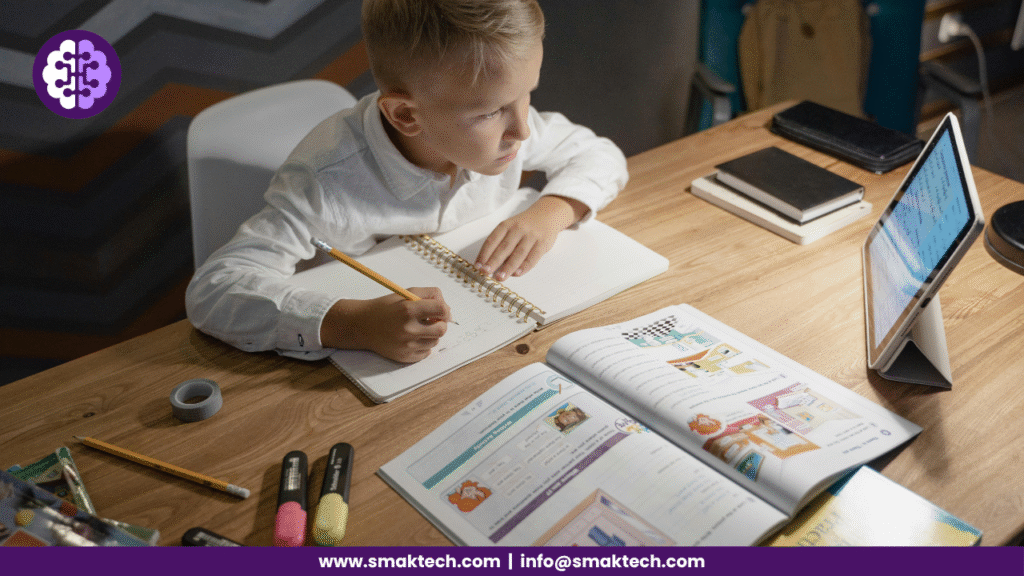India’s classrooms are changing very fast from chalk & talk to tablets & smartboards. But the real upgrade is not only hardware. It’s all about the way we use data visualization in education and AI to turn information into insight and action. When numbers become visuals and algorithms personalize learning, students understand faster and in an easy way, teachers intervene earlier, and schools improve outcomes consistently.
In this blog we will see how data visualization in education works alongside artificial intelligence to elevate learning in India. You’ll see practical classroom examples, a step-by-step adoption roadmap, success metrics, common mistakes to avoid, and the role of an education ERP in bringing it all together.
Table of Contents
ToggleWhy India’s Education System Needs a Visual-Intelligent Upgrade
Despite infinite progress, Indian schools still struggle with large class sizes, unequal access, exam-driven pressure, and teacher workload. Raw reports rarely help: In this fast life, teachers don’t have time to go through and create spreadsheets, and students struggle to make sense of dense text. Visual-first, AI-supported learning changes that.
- Clarity for students: Visuals simplify complex ideas—fractions, historical timelines, and grammar.
- Speed for teachers: Dashboards surface who’s thriving or slipping—instantly.
- Equity for schools: Insights highlight learning gaps by topic, section, gender, or language so support reaches the right learners.
- Accountability for leaders: Trends show what’s working and where budgets should go.
What Is Data Visualization in Education?
Data visualization in education means translating learning data—attendance, assessment, assignments, behavior, skills—into charts, maps, and dashboards that people can interpret at a glance. Great visualizations answer four questions:
- What is happening? (current performance)
- Why is it happening? (patterns, misconceptions)
- What will happen if we do nothing? (trends)
- What should we do next? (actionable recommendations)
Common visuals that work well in schools:
- Bar/column charts: topic-wise scores, attempts, time-on-task.
- Line charts: growth across terms or units.
- Heat maps: mastery by topic vs. student—instantly shows where the whole class is stuck.
- Pie/donut charts: distribution of grades or attendance categories.
- Stacked bars: assessment components (MCQ, short answers, projects).
- Sparklines: micro-trends per student.
How AI Improve Data Visualization
Data visuals tell the story; AI makes the story smarter. Together, they create a powerful feedback report:
- Ingest—Capture LMS/ERP data (attendance and grades), app usage, and formative tasks.
- Analyze—AI detects patterns: concept mastery, reading level, speed vs. accuracy, and common errors.
- Predict—Identify at-risk students, likely misconceptions, and optimal revision windows.
- Recommend – Suggest the correct lessons for improvement, remedial videos, worksheet difficulty, or peer-grouping.
- Visualize—Show corrective action why and what’s next in clear charts with alerts and benchmarks.

Practical examples:
- Adaptive practice: If a student repeatedly confuses any topic multiple times, AI flags the pattern & the dashboard highlights the misconception and suggests the targeted practice sets.
- Language support: AI analyzes reading fluency and suggests new vocabulary support; then visuals show fluency growth day-by-day.
- Attendance risk: Predictive models combine absence patterns with scores to alert mentors or teachers before the exams.
Benefits for Students:
Students will get learning That’s Clear, Personal, and Motivating
1) Concept clarity through visuals:
Tough ideas become intuitive when learners see them visually. Imagine the ratio bars for percentages, animated timelines for history, interactive number lines for integers, and maps linking for geographics.
2) Personalized learning paths
AI suggests exactly what to revise next or which subject needs more focus; data visualization in education shows the path for mastered (green), amber for developing, and red for remedial. Students own their learning.
3) Real-time feedback gives micro-wins feeling
Instead of waiting for exam or term-end reports, learners are able to see instant feedback, progress reports, and streaks after every activity—small nudges that keep momentum strong.
4) Exam readiness: eliminate the panic
Practice dashboards Track accuracy, speed, and confidence per topic. Weekly assignment reduce last-minute cramming and sharpen revision.
5) Inclusive support for diverse learners
Visuals and audio prompts help students with language barriers or learning differences. AI narration, glossary popups, and bilingual hints lower the cognitive load.
Benefits for Teachers:
Time Back, Insight Forward
- One-glance understanding: Class heat maps spotlight challenging topics.
- Targeted interventions: From data, teachers can group students by misconception, not marks.
- Effortless formative assessment: Automatic quick checks feed dashboards.
- Evidence for parent meetings: Share clear visuals & not jargon on the dashboard.
- Professional growth: AI suggests resources & is aligned to observed gaps.
Benefits for School Leaders:
Strategy which shows results
- Equity and access: Track outcomes by section, gender, language, or campus.
- Resource planning: Visualize teacher loads, timetable gaps, lab usage
- Curriculum alignment: Verify how assessments map to competencies.
- Compliance and audits: Generate transparent data and shareable reports.
- Continuous improvement: Compare groups, identify best practices, and scale them.
Classroom Use Cases
- Visual bellwork: 3-minute starter charts—“Spot the pattern” graphs warm up thinking.
- Exit tickets with heat maps: Instant visual of who’s ready to move on.
- Language bridging: Bilingual captions and picture-word cards backed by AI translation.
- Skill portfolios: Growth lines for reading fluency, writing rubrics, coding challenges.
- Attendance and achievement triage: Identify students with falling attendance and slipping scores before exams.
- Project-based learning: Rubric dashboards make assessment transparent and student-led.
Data Privacy, Safety, and Ethics Checklist
- Minimize: collect only what you’ll use; avoid sensitive free-text.
- Role-based access: different views for students, teachers, admins, parents.
- Consent & transparency: explain what data is collected and why.
- Secure storage & backups: encrypt at rest and in transit; maintain audit logs.
- Fairness audits: ensure AI recommendations don’t disadvantage any group.
- Explainability: pair every AI action with a plain-language reason.
To prove value, track a balanced scorecard:
- Learning outcomes: topic mastery %, term-over-term growth, remediation closure time.
- Engagement: daily active students, assignment completion, time-on-task.
- Teacher efficiency: grading turnaround, intervention time saved, resource reuse.
- Attendance & wellbeing: chronic absence rate, recovery after interventions.
- Equity: gap reduction across sections or learner groups.
Common Mistakes (and How to Avoid Them)
- Over-stuffing dashboards: If everything is highlighted, nothing is. Limit tiles to the critical five.
- Fancy charts, fuzzy actions: Every visual should suggest one clear next step.
- One-size-fits-all: Students and teachers need different views and vocabulary.
- Ignoring teacher workflow: Make data entry effortless; automate wherever possible.
The Future of Smart Learning in India
Data visualization in education and AI are not just buzzwords—they are transforming how students learn and how teachers teach. By making complex data simple, engaging, and actionable, schools in India can bridge learning gaps, improve decision-making, and ensure no student is left behind. As India embraces smart education, the fusion of AI in education and data visualization will pave the way for a brighter, more personalized future of learning.
Ready to transform your school with data-driven education technology?
At Smaktech, we empower schools with AI-powered ERP solutions and advanced data visualization in education tools. From tracking student performance to enabling smarter decision-making, we help institutions create success stories every day.
👉 Visit www.smaktech.com to explore how our solutions can bring the future of education to your classroom today!




